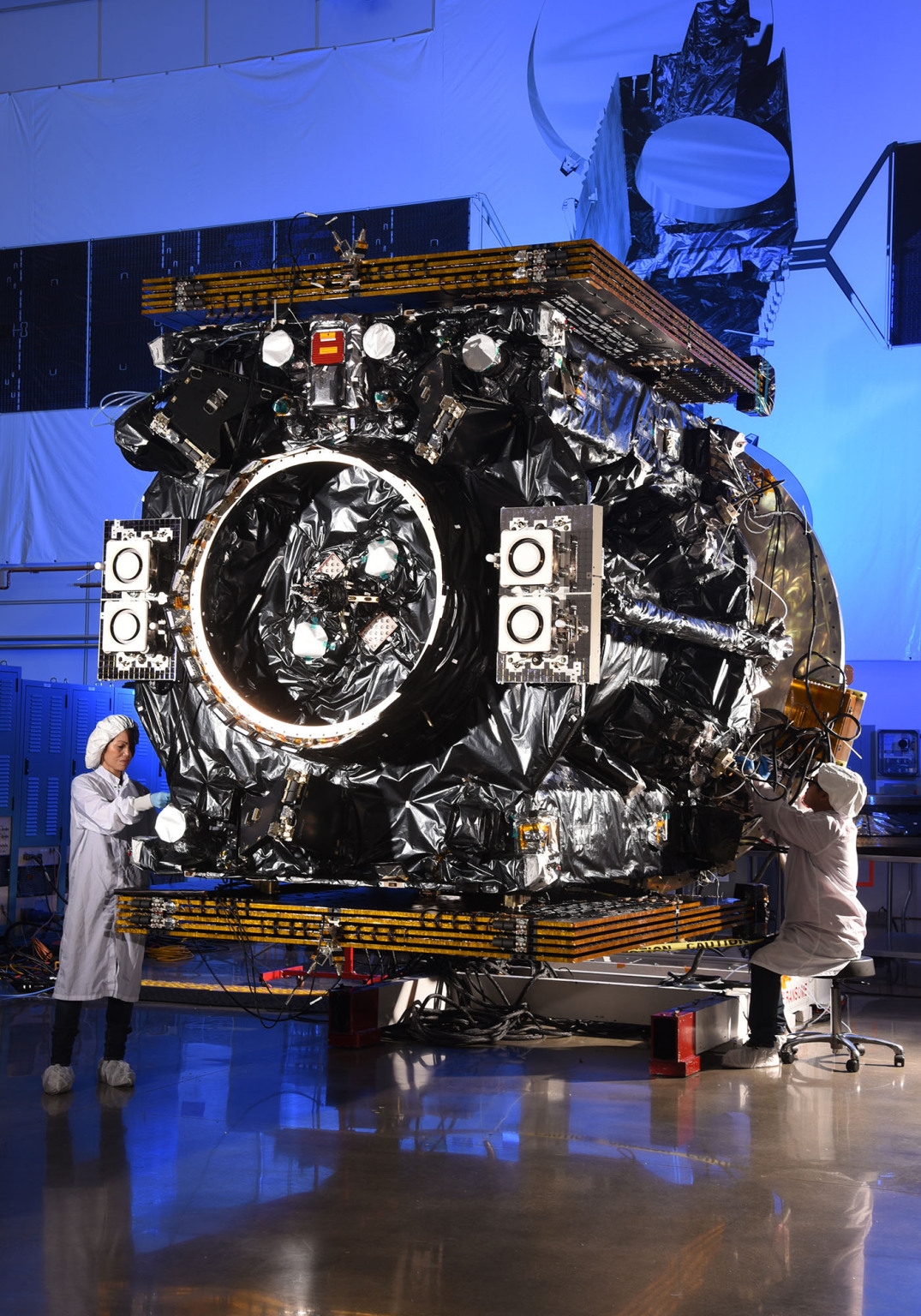Products You May Like
TAMPA, Fla. — Northrop Grumman’s MEV-2 satellite servicer is performing close proximity operations with Intelsat’s in-orbit 10-02 spacecraft ahead of a docking attempt, SpaceNews has learned.
Both spacecraft remain healthy after being in close quarters to calibrate and test systems before MEV-2 backed off, according to a Northrop Grumman official.
The company intends to release an update once it completes the docking.
It is understood the satellite servicer’s predecessor MEV-1 made several close proximity operations maneuvers and approaches before successfully attaching to Intelsat-901 last year, enabling the 19-year-old satellite to resume services from April 2.
MEV-2 has a similar design to MEV-1, but the two missions have distinct differences. While Intelsat-901 was no longer functioning as it languished in a graveyard orbit, Intelsat-10-02 has been active in geosynchronous orbit since 2004 and is carrying communications traffic.
The two companies are working closely together to time approaches and the eventual docking for when it is most conducive to Intelsat’s business needs.
MEV-2 is also not moving its satellite to a different orbit like MEV-1 did; instead it will act as a new engine and fuel tank to extend the spacecraft’s life.
Demand for GEO life extension missions will grow to 75 satellites by 2030, according to a recent Northern Sky Research (NSR) forecast, representing a $3.2 billion cumulative market opportunity.
NSR analyst Hussain Bokhari expects more than 230 in-orbit satellites will be serviced in some way during the next 10 years, with governments and militaries also driving demand in GEO and non-GEO. These missions include relocation, salvage and repair services.
This growing market potential continues to attract new entrants, including Ukrainian startup Kurs Orbital with its plans to revive Soviet-era docking technology.
However, Bokhari warned that the slow pace of technology development and confidence in in-orbit servicing capabilities, as well as a lack of clear technical and safe operating standards, threaten the market’s growth.
